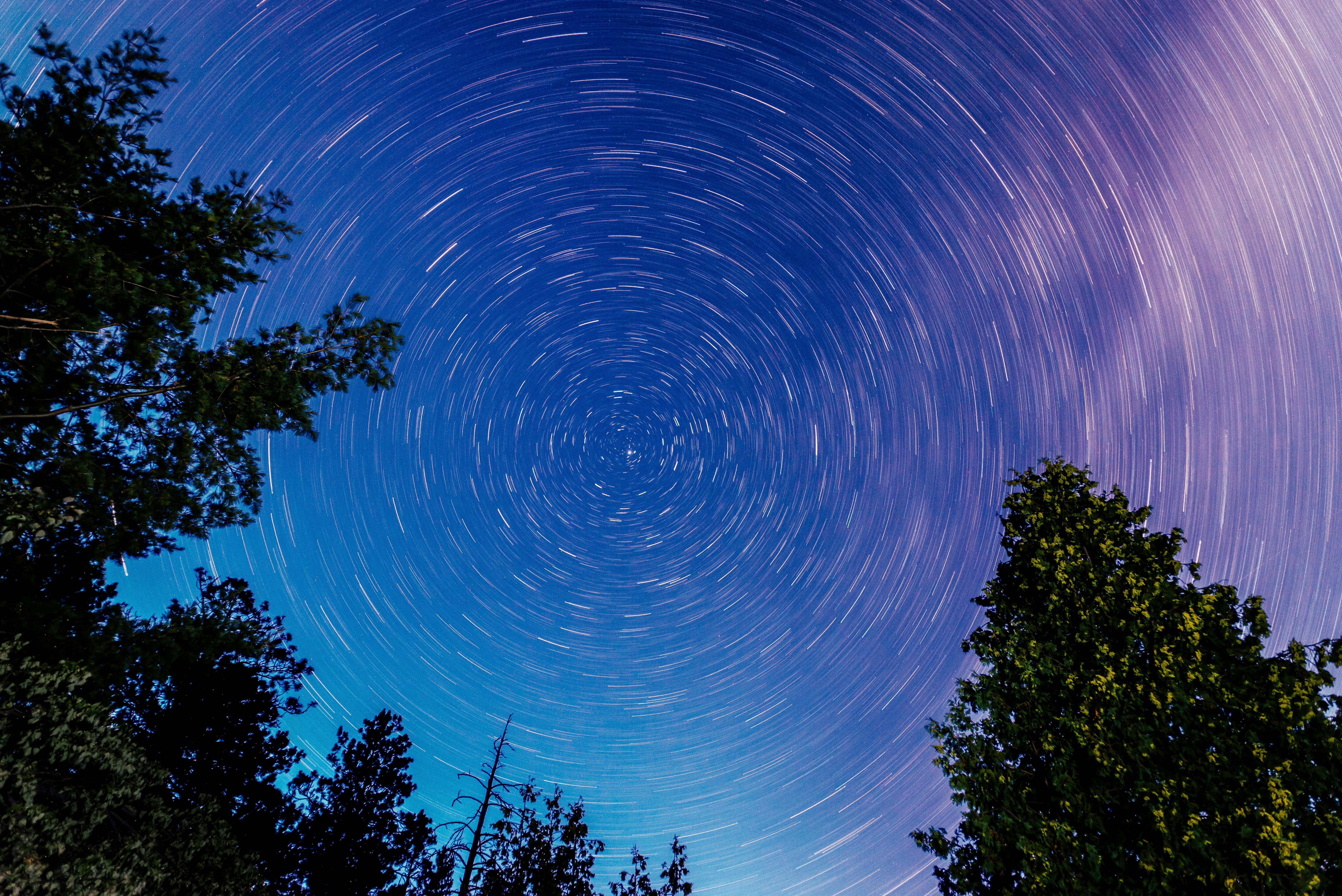
Tsukiji Fish Market
During my twelve-day stay in Japan earlier this month, A and I visited the Tsukiji fish market located in central Tokyo. With over 60,000 workers, Tsukiji Fish Market is the world’s largest fish and seafood market and one of the largest food markets of any kind, including vegetables, fruits, meat and flowers. Considering that the Japanese diet is based mainly on marine products, it is not surprising that the largest fish market in the world exists in Japan. Like any other market, Tsukiji is closed on Sundays and holidays. Shops and restaurants in Tsukiji usually open early in the morning (around 5 a.m.) and close between 12 p.m. and 2 p.m. The sight of a wide variety of fresh fish and other seafood, as well as the frenetic atmosphere of scooters Fast-moving turrets, trucks and forklifts make Tsukiji Market one of Tokyo’s top tourist attractions. Since we first got there, the market seems chaotic at first glance, but everyone knows their way around and does everything faster, with surprisingly little margin for error.
Tsukiji Market is divided into several main sections including wholesale areas, shops and restaurants, delivery centers, and offices. There are six separate wholesale areas for different food categories: tuna, live fish, fresh fish, salted and dried fish, other marine products, and agricultural products. The size of the market was so big that we got lost once we got there. Assuming that today young people generally learn English at school, we asked several young people for directions; but unfortunately they could not communicate well in English. We almost gave up and suddenly an elderly Japanese gentleman approached us and politely asked us in not very good (but understandable) English what we intended to do in the market. We were delighted that, with the help of the kind old man, we finally knew where to go. Lucky us! Next time, we should consider asking older people for directions as well.
We hear that the restaurants in Tsukiji have the freshest seafood in Tokyo and offer not-so-expensive prices. Therefore, our first stop was Uogashi-Yokocho, which was the Tsukiji shopping and dining area, to find a sushi restaurant for breakfast. Although it was 8:30 in the morning, the restaurants in Tsukiji were still packed. I can’t imagine how crowded it would be during lunch time. The two most famous sushi restaurants in Tsukiji are Daiwa Sushi and Sushi Dai. Surprised by the incredible wait in front of Sushi Dai, we entertained Daiwa Sushi who didn’t have much of a queue at the time. The restaurant had a small space that contained a small sushi bar that could only seat ten customers. I really don’t like to eat raw food. However, thinking that I was in the place where you can find the freshest raw sushi, I dare to order various types of toro and some other raw fish sushi for breakfast. While A (who is a sushi lover) ordered the omakase set menu (which costs 3500 yen) which comes with tuna, eel, squid, shrimp, sea urchin, six tuna rolls and tamago. After breakfast, he admitted that it really was the best sushi of his life. He said that he would find it difficult to enjoy sushi outside of Japan after trying the amazingly fresh and delicious sushi at Tsukiji market. There is simply no comparison.
After breakfast, we stroll through the seafood section, where inside the giant warehouse we find aisle after aisle of seafood vendors crammed together, leaving only narrow lanes for pedestrians and shuttle carts. We saw palm sized clams, shellfish, large crab claws, colorful octopus, squid, live prawns, live Unagi eels and all the other exotic types of live sea creatures that I had never seen before. We also saw huge sliced and diced frozen tuna for sale in the market. Inside the fish market, we were surprised that we couldn’t smell any unpleasant smell, which we found very unusual for a fish market as big as Tsukiji market. I later found out that this was due to the very high standards of cleanliness observed in the market, and throughout Japan for public sanitation, to maintain the safety of food products in the market.
It was unfortunate that we were not lucky enough to witness the spectacular tuna auctions in the early hours of the morning. With the Japanese consuming a quarter of the world’s total supply of tuna each year, the giant tuna sold at Tsukiji Market comes from all over the world, as far away as New Zealand and Tahiti. The tuna auction starts at 5:30 AM. The tuna auctioneer initially asks the bid price out loud, and then brokers and licensed buyers bid against each other. They sell all the tuna very fast. At 7 in the morning, all the brokers receive and transport the tuna they have bought to their own stalls so that other buyers can easily buy their tuna. The record for the most expensive tuna in the Tsukiji market was a huge bluefin tuna auctioned in January 2001 with a shocking price of US$184,000. wow! In addition, problems related to the increasing number of visiting tourists have arisen since the growing popularity of the Tsukiji market. Unfortunately, for this reason, as of April 2008, tourists can view the auctions only from the designated visitor area, and the use of flash photography is no longer permitted.
Since A was craving sushi the whole time we were in Japan, a week later, we returned to Tsukiji market for lunch. She decided to try chirashi, which is basically sushi ingredients spread over a plate of sushi rice. There are two restaurants that are right next to each other and they only have chirashi on their menu. She didn’t know the names of the restaurants because they are written in Japanese characters. After looking at her menus, we chose the one on the corner of the alley. It is true that during lunch time, the restaurants in Tsukiji Market are packed with more customers than during breakfast time. But it wasn’t that bad; We waited approximately 30 minutes before entering the restaurant. A ordered a chirashi plate which has a generous portion of two types of tuna meat: akami (the leaner meat from the sides of the fish) and chutoro (the fatty meat from the belly area of the fish). And I ordered ebi furai. The very large crispy fried prawn served with mayonnaise was the best ebi furai I have ever tasted. The prawns were very fresh and came from a good quality of shrimp. The bad thing is that they didn’t give rice to eat. But I had the idea to have some of A’s sushi rice. Yippie…! Once again, A couldn’t agree more that no restaurant outside of the market could beat the taste of the exceptionally fresh tuna served in the Tsukiji market restaurants. Or yeah… I almost forgot to tell you that we weren’t supposed to be allowed to take any photos inside the restaurant, but A succeeded in sneaking in to take some photos of the dishes we had.
The last thing I would like to say is that a Tokyo vacation is not complete without the unique and memorable experience of visiting Tsukiji Fish Market. Definitely a place to see in Japan!


No Comment